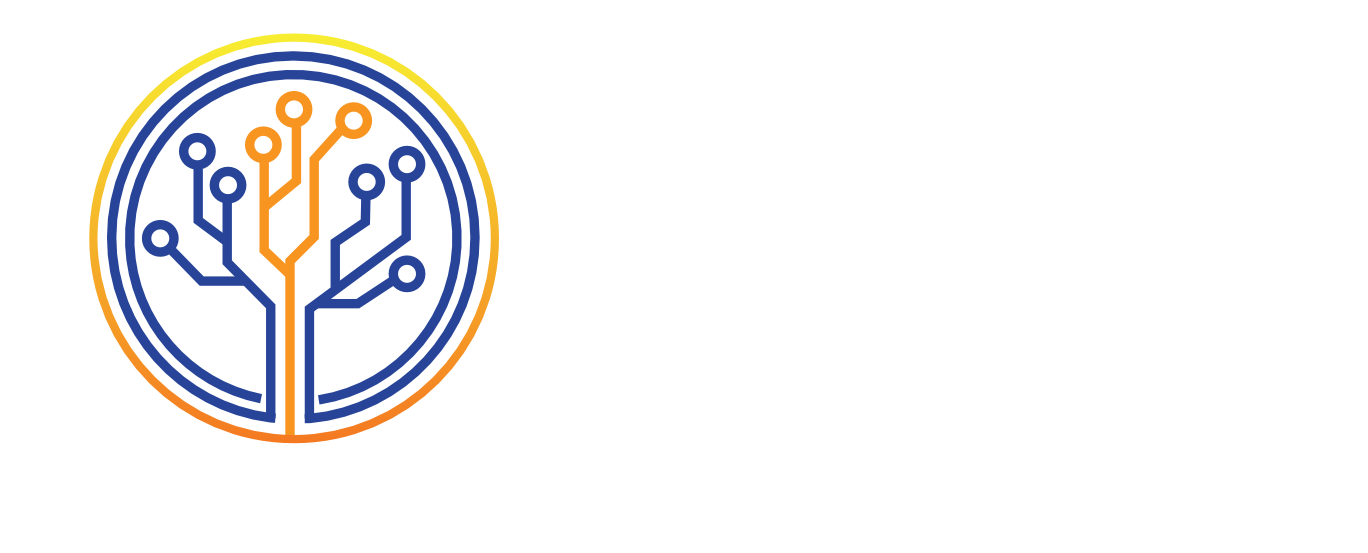How the Rise of AI is Changing Work Landscape
“Artificial Intelligence” has become a buzzword in recent years. Its advancements is going hand in hand with robotics as they are revolutionizing various industries. While the promises of increased efficiency and productivity are enticing, the rise of AI has raised concerns about the future of work and career stability among some of my middle class friends.
I am personally both hopeful and fearful about my future. At my age, I am about 20 years away from the official retirement age of Singapore. Technology can literally change the world in 20 years time. My talent and skills may not see me through the rest of my career, but I am also excited to see how tech can further change my life. In a world where technology continues to evolve at an unprecedented pace, the paradox of my own future led me to deeply ponder: “What effect will AI automation have on people like me: the middle income professionals?”
Insights from a Facebook Post
Recently, I happened to chance upon a Facebook post in a ChatGPT Facebook group by a solution architect and developer. He tells a story of how he had worked on a project automating a division of 50 white-collar workers down to just a few individuals. Using an expert system that ran every few minutes, tasks that previously took 10 days to complete were now accomplished in a fraction of the time. This remarkable feat led to a significant reduction in workforce. Half of the employees were reabsorbed by the company while the other half faced the daunting task of finding new employment.
In his opinion, the consequences of AI-automation go beyond immediate job loss. Many professionals find themselves forced to transition to lower-paying positions with limited prospects for advancement. The automation of once well-paying professions was seen to contribute to the erosion of the middle class.
However, the solution architect and developer said he remained relatively secure in his position for now. Having embraced new technologies throughout his career, he recognizes the power of disruptive technologies as stepping stones toward achieving larger goals. He has witnessed small-budget customers successfully competing against large established companies, harnessing the potential of AI and other emerging tools.
What The Future Holds For The Working Class
Indeed, AI-driven tools such as MS Nuance and chatbots represent just a fraction of the resources available today. While they enhance efficiency in various domains, these tools also contribute to job displacement. Automation, as a broader trend, impacts both blue-collar and white-collar jobs. Robotics has traditionally been associated with automating blue-collar work, while AI has focused on automating white-collar work. However, the line between these categories blurs. The rise of AI is driving the development of smarter robots capable of performing blue-collar tasks with greater efficiency.
The key question in the AI debate revolves around the ratio of jobs lost to jobs created. It is undeniable that AI tools will displace certain roles. It is also equally true that new opportunities will arise. Goldman Sachs predicts the loss of 300 million jobs to AI in the “coming years,” highlighting the magnitude of the transformation. However, history has shown that the job market evolves, with 60% of all jobs today not even existing in 1940. While these statistics are reassuring, the challenges faced by individuals with slower adaptability and limited training cannot be overlooked.
The Balance To Come From The Top?
As we witness the rise of AI, it is crucial to address the profound implications it has for individuals and society as a whole. Governments, educational institutions, and businesses must proactively prepare for the changing work landscape. Upskilling and reskilling programs can equip workers with the necessary tools to adapt. Efforts to ensure a smooth transition for displaced workers should include robust social safety nets, job placement services, and entrepreneurial support to facilitate the creation of new businesses.
Moreover, policymakers must foster a balanced approach that encourages innovation while safeguarding the interests of workers. Striking a healthy equilibrium between technological advancement and job preservation requires collaboration and forward-thinking strategies. In this rapidly changing environment, it is essential to remain vigilant, monitor the impact of automation closely, and develop proactive measures to mitigate its adverse effects.
Ultimately, the rise of AI and automation is an ongoing process, and its consequences extend far beyond individual stories. It demands comprehensive attention and thoughtful solutions to create a future where the benefits of AI are for the betterment of society as a whole. Only through careful navigation of these challenges can we hope to shape a future work landscape that is inclusive, sustainable, and prosperous for all.

Armen R Rahman
Design & Communications
With nearly two decades of experience in the creative industry, Armen's skill and talent covers a wide scope of endeavours; online and offline design work, film making, music production and writing are just some of his forte.
He considers good design as part of good communication (and vice versa!) and that the satisfaction can and should be derived at every point of the user experience, from the outreach messaging, the tech solution itself and the human touch at points of need.
In his spare time, he actively participates in foam dart flinging as a sport and music production as a downtime hobby.
